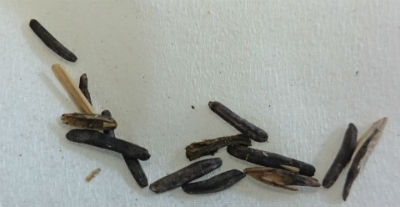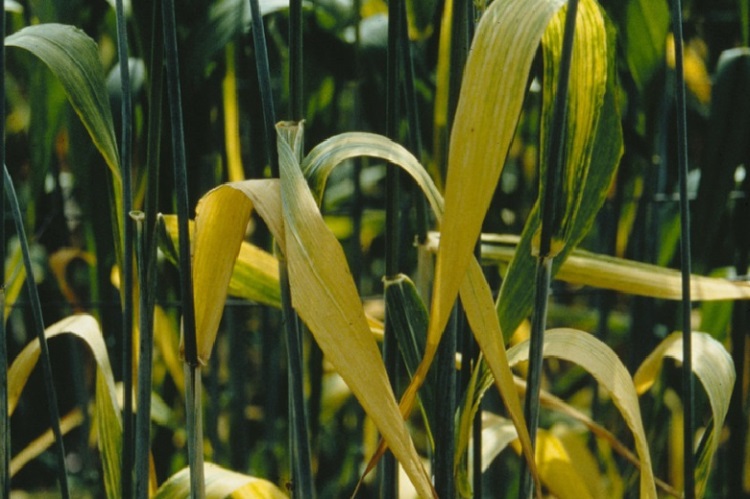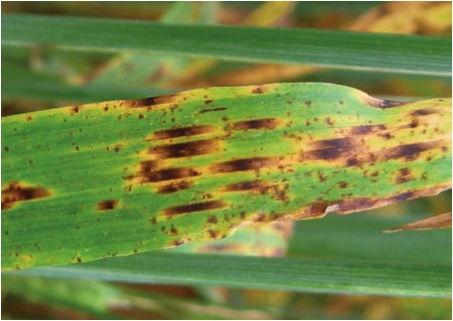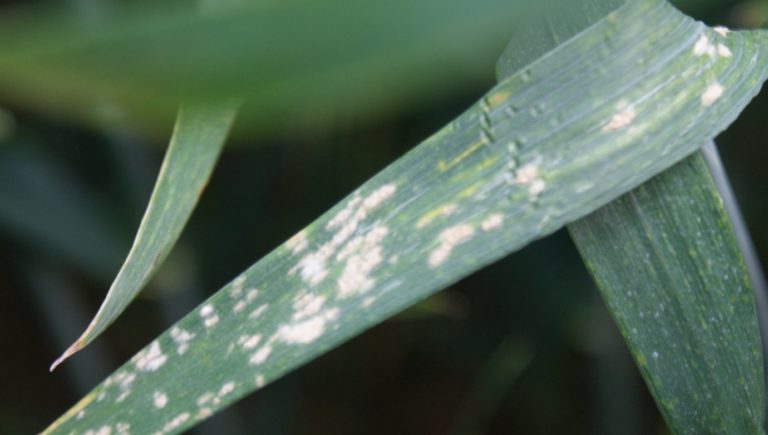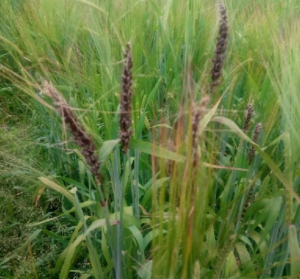Diseases in barley
Ergot
Ergots are fungal resting bodies which contain toxic alkaloids, they are very poisonous to both humans and livestock. Ergots are purplish black in colour, and a similar size to grain, but smaller pieces of ergot may also be present. Read more here.
Barley Yellow Dwarf Virus
Barley Yellow Dwarf Virus can affect a wide range of cereals and grasses and is spread through aphids. In barley, the leaf tips are bright yellow. Crops infected in the autumn are likely to be stunted, but later infected plant may show no signs of stunting. The lower part of the leaf remains a normal green colour. Read more here.
Ramularia
Ramularia leaf spot and abiotic leaf spots (also known as Physiological Leaf Spots PLS) can cause extensive damage to the upper leaves in spring and winter barley once crops are past the flowering stage of growth. This can cause extensive losses in yield and quality. Typical symptoms of Ramularia comprise small rectangle lesions on the leaf, which are brown in colour. They are surrounded by a yellow halo when present on green leaves. Read more here.
Barley Powdery Mildew
Powdery mildew is one of the major diseases affecting barley. There are currently many spring barley varieties which show good varietal resistance, but the popular malting barley variety Optic is very susceptible to this disease. With so much of the spring barley area using this variety, it has led to an increase in this disease in recent years. Read more here.
Loose smut
Loose smut is a seed-borne disease which affects winter and spring barley. A crop will appear normal up to head emergence. Once the heads have emerged, the heads will be covered in black spores. Affected plants tend to be shorter at this stage, and when the spores have dispersed, it will be apparent that no grains will be produced from the head. Read more here.
Sign up to the FAS newsletter
Receive updates on news, events and publications from Scotland’s Farm Advisory Service

